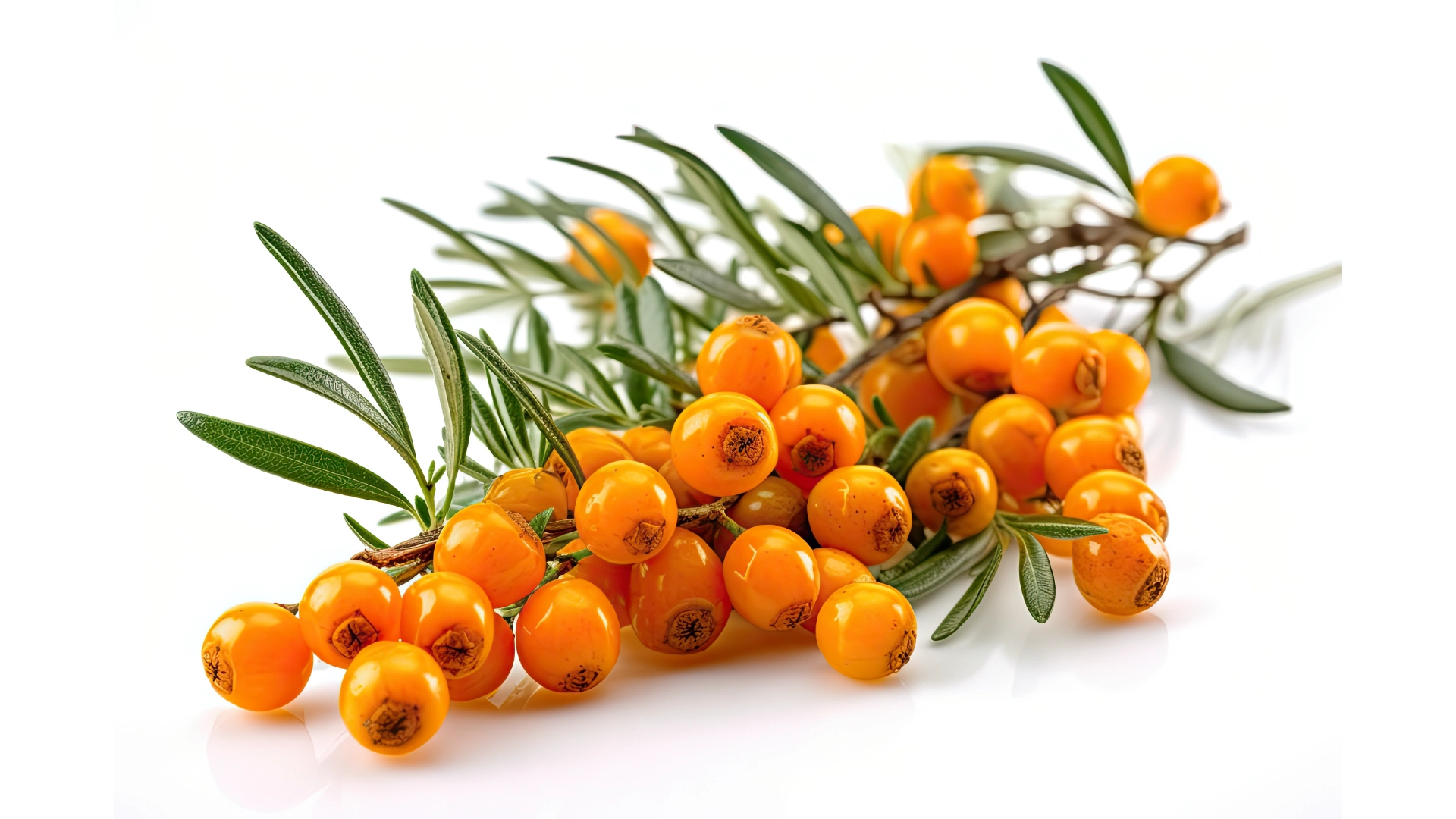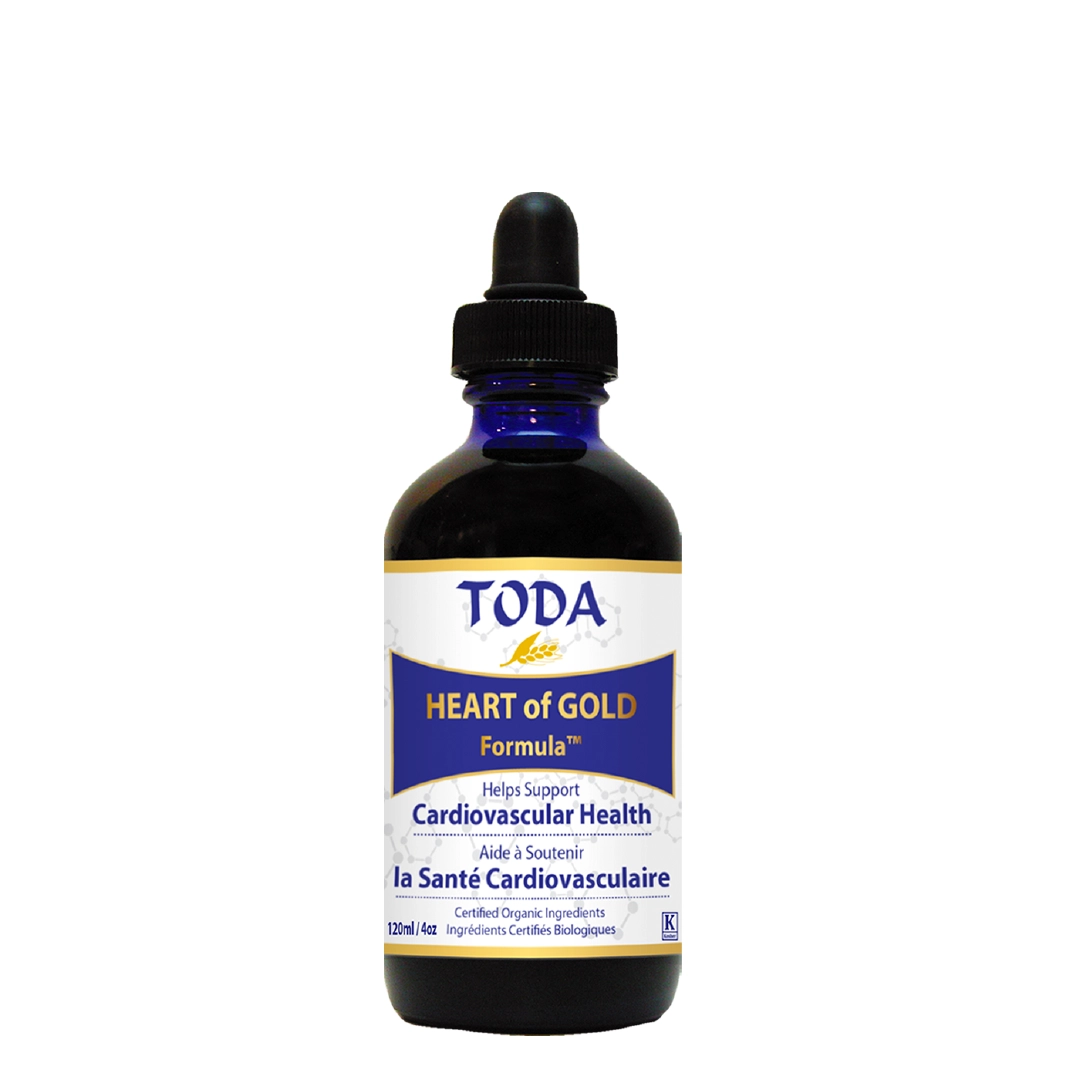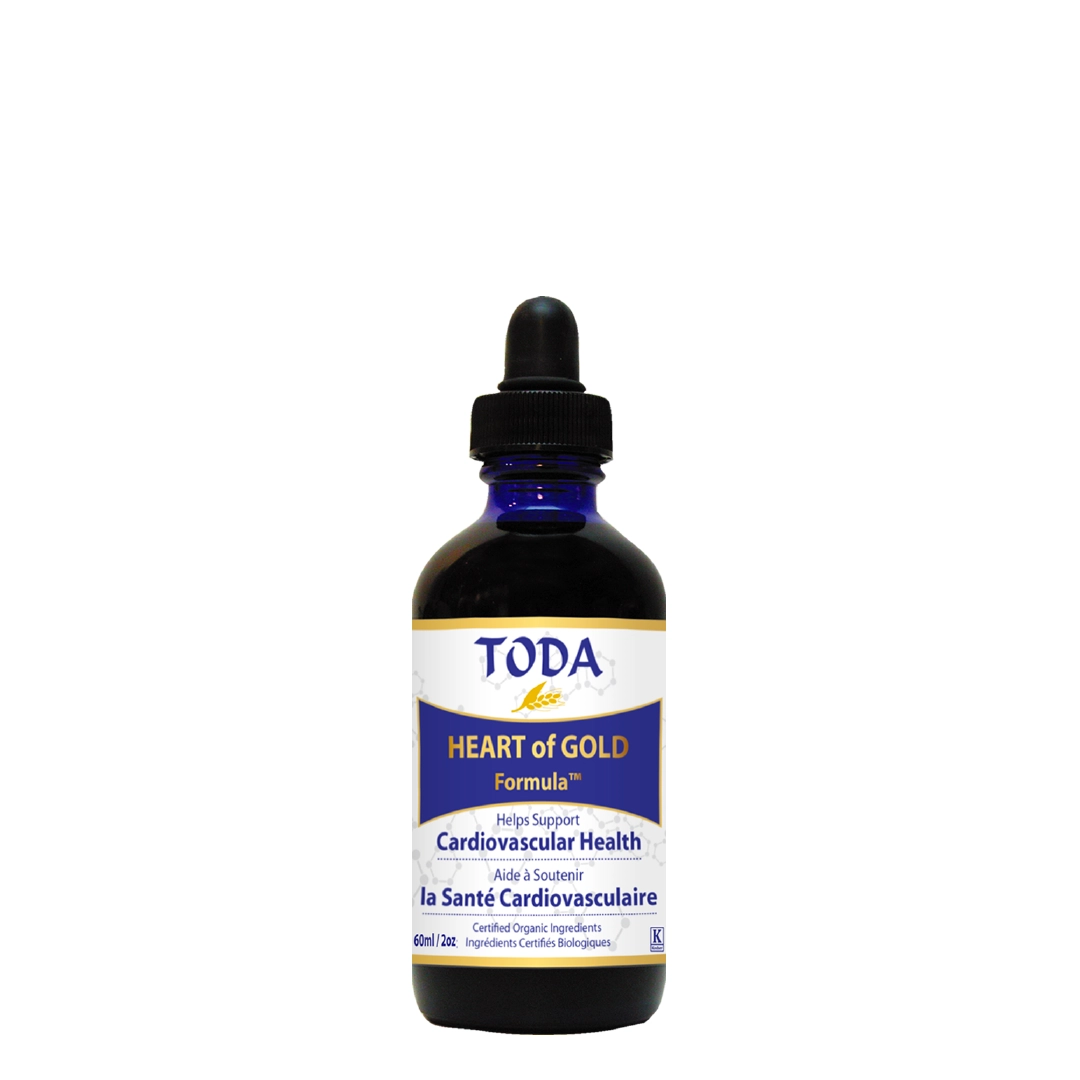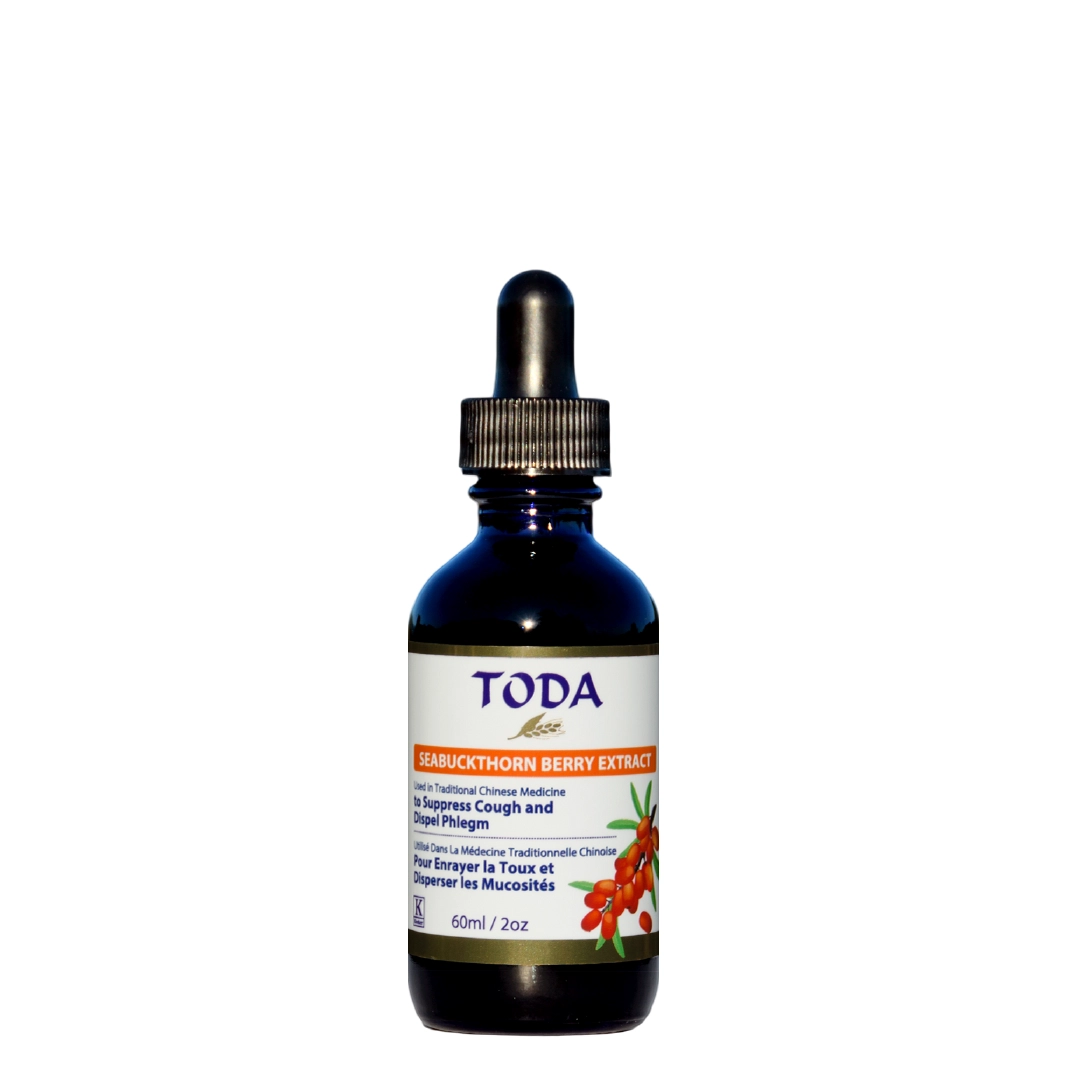
Seabuckthorn (Hippophae Rhamnoides)
Seabuckthorn is not an ordinary shrub. It contains many useful ingredients that are good for the health. Seabuckthorn is a species of plant in the olive family. It is also known as the "Russian pineapple" or the "gold of Siberia". It is native to Europe and Asia. It also appears in Poland, where its natural habitats are located only on the Baltic coast to the mouth of the Vistula River in the East.
Seabuckthorn is distinguished primarily by its high vitamin C content. It is, similarly to the wild Rose, a plant extremely rich in ascorbic acid. Its fruits, seeds, bark, and leaves are mainly used for medicinal purposes.

Helps support cardiovascular health
Capacity: 120 ml. Package includes: 1 bottle. Uses per bottle: 3 months (120 ml).
For more information about the product click here.

Helps support cardiovascular health
Capacity: 60 ml. Package includes: 1 bottle. Uses per bottle: 6 weeks (60 ml).
For more information about the product click here.

High quality extract from certified organic seabuckthorn berries
Capacity: 60 ml. Package includes: 1 bottle. Uses per bottle: 6 weeks (60 ml).
For more information about the product click here.
The unique composition of leaves, fruits and seabuckthorn oil has become the basis of numerous studies and scientific publications on their impact on the human body, as it is the source of many bioactive chemical compounds: vitamins A, C and E, fatty acids, and phenolic compounds. A comparison of the concentration of two important antioxidants: vitamin C (seabuckthorn : 600 mg/100 g of fruit, Wild Rose: 250-800 mg/100 g of fruit) and lycopene (seabuckthorn : 8 mg/100 g of fruit, tomato: 0.9-11 mg/100 g of fruit) in different fruits and vegetables shows that seabuckthorn is a very good source of them. Its fruits also contain substantial amounts of proteins, amino acids, and minerals (Ca, Fe, P, K) (Bal and co-authors. 2011) and organic acids (malic, oxalic, tartaric, quinic), unsaturated fatty acids (oleic, linoleic, linolenic acid) and phytosterols (β-sitosterol, ergosterol).
It contains more than 190 health-promoting compounds necessary for the proper functioning of the human body, including vitamins (B, C, F, K, P, AA, DD, E), anthocyanins, flavonoids, fatty acids. It also contains significant amounts of iron, calcium, magnesium, potassium, copper, and zinc. It is full of antioxidants.
Key ingredients:
Seabuckthorn berries are distinguished by a high content of vitamin C, which is a powerful antioxidant. In the case of Polish varieties of seabuckthorn , the content of L-ascorbic acid is about 90-200 mg per 100 g of raw fruit (it is comparable to the content of vitamin C in the fruits of wild rose), much more than in popular citrus fruits - lemons contain about 53 mg of vitamin C per 100 g of fruit, similarly oranges (50mg/100g), red grapefruits (38mg / 100g).
Fruit
Leaves
Seeds
Bark
Roots
Anticancer effect
Flavonoids protect cells from oxidative damage, which can lead to the formation of genetic mutations. Seabuckthorn juice can block n-nitroze endogenous compounds with carcinogenic properties unsaturated fatty acids (mainly omega-3) present in seabuckthorn oil can inhibit the development of cancer tumors.
Antioxidant
Polyphenolic compounds in seabuckthorn have an antioxidant and antitumor, and an hepatoprotective effect. Antioxidants are known as a kind of "sweeper of free radicals", i.e., reactive oxygen forms, which are one of the factors in the development of cancer and the so-called diseases of civilization (i.a. hypertension, obesity, diabetes). Many flavonoids make the lipid peroxidation process in cells effectively inhibited. Seabuckthorn leaf extract and seed oil inhibits the formation of oxidative damage generated by CCl4. Seabuckthorn berries are used as an antioxidant in jams, juices, jellies, and purees and in the cosmetic industry in anti-wrinkle creams. It has an antioxidant effect, prevents damage to cell membranes and promotes collagen synthesis.
Antiviral, antibacterial, and anti-inflammatory agents
The polyphenolic compounds found in seabuckthorn, like vitamin C, have antibacterial and antiviral effects. It has a bactericidal and anti-inflammatory effect and relieves rheumatoid disease. It shows an inhibiting effect against HIV, dengue, HSV-1, and HSV-2. It inhibits the growth of bacteria: Pseudomonas aeruginosa, Staphylococcus aureus, Bacillus cereus, Enterococcus faecalis, Escherichia coli, Yersinia enterocolitica and Listeria monocytogenes.
Antihypertensive and anticoagulant
Flavonoids block the angiotensin II pathway, increase insulin sensitivity, lower heart rate, cholesterol, and triglycerides in the blood. Seabuckthorn oil increases the concentration of HDL, regulates blood glucose levels and promotes the regeneration of capillaries after a stroke. Reduction of LDL. Inhibition of hemostasis through delayed activation of platelets. Solutions obtained from this plant affect the normalization of the heart functions, they can also prevent anemia of this organ, as well as lower blood pressure.
Regenerative and soothing properties
Oil of fruit pulp and seeds from seabuckthorn accelerates the healing of stomach ulcers. Seabuckthorn oil inhibits the action of pro-inflammatory cytokines and has regenerative, nutritional, and anti-wrinkle effects. Water-in-oil emulsion containing seabuckthorn extract significantly improves the elasticity of the skin of the face. Seabuckthorn oil promotes the removal of toxic metabolites, supports tissue regeneration, wound healing, increases collagen synthesis and reduces the risk of postoperative complications. Seabuckthorn oil improves gastrointestinal function, increases appetite, restores kidney and liver function, and supports the general condition and health of cancer patients.
Radioprotective properties
Seabuckthorn oil absorbs UV-B radiation so it can be used as a natural sunscreen.
Anti-cholesterol properties
Seabuckthorn also supports the body's lipid economy, helping to lower plasma cholesterol levels.
Cardioprotective and antihypertensive properties
Active substances that exhibit such health-promoting properties are:
They affect the normal contractions of the heart muscle, the rhythm of the heart, and protect against anemia, reducing the risk of heart attack or stroke.
Seabuckthorn oil for ulcers and heartburn
In modern Phytotherapy, oral use of seabuckthorn oil is recommended for heartburn, as well as for peptic ulcers of the stomach and duodenum (currently, in many Russian hospitals, seabuckthorn oil is used as an auxiliary during the treatment of ulcers).
Seabuckthorn for rheumatoid arthritis
Due to the content of beta-carotene and flavonoids fruits and infusions from the leaves of seabuckthorn, are used in inflammation i.a.:
Active substances contained in seabuckthorn relieve rheumatic ailments, such as pain, stiffness, and limitation of joint mobility.
Seabuckthorn for skin diseases
Infusions made of seabuckthorn leaves and seabuckthorn oil (in the form of compresses) are used in numerous skin diseases to accelerate the healing process, i.a. to treat burns, frostbite, bedsores, skin damage by sunlight and X-rays, in the case of difficult to heal wounds and fungal infections.
Seabuckthorn is recommended for all ailments caused by vitamin C deficiency, such as i.a.:
but also, for treating:
Seabuckthorn also supports immunity. Prophylactically, it is recommended for consumption in the autumn-winter period. Vitamins C and E, which are contained in large quantities in the fruits of seabuckthorn, and plant sterols reduce the level of "bad" LDL cholesterol, which leads to atherosclerotic changes, and further to diseases such as i.a.:

Helps support cardiovascular health
Capacity: 120 ml. Package includes: 1 bottle. Uses per bottle: 3 months (120 ml).
For more information about the product click here.

Helps support cardiovascular health
Capacity: 60 ml. Package includes: 1 bottle. Uses per bottle: 6 weeks (60 ml).
For more information about the product click here.

High quality extract from certified organic seabuckthorn berries
Capacity: 60 ml. Package includes: 1 bottle. Uses per bottle: 6 weeks (60 ml).
For more information about the product click here.

Official Toda Herbal International Inc. store - the store is available at todadrops.com; it is the official Toda store for Poland and Europe run by a company registered in Poland. The distributor of the Toda drops is Tadeusz Miszczak.
The content on this site is for informational purposes only and is not intended to be used as official health advice or consultation. The information provided does not replace the advice of a doctor or other health care professional. The store operator is not responsible for the misuse of the information presented on this site.